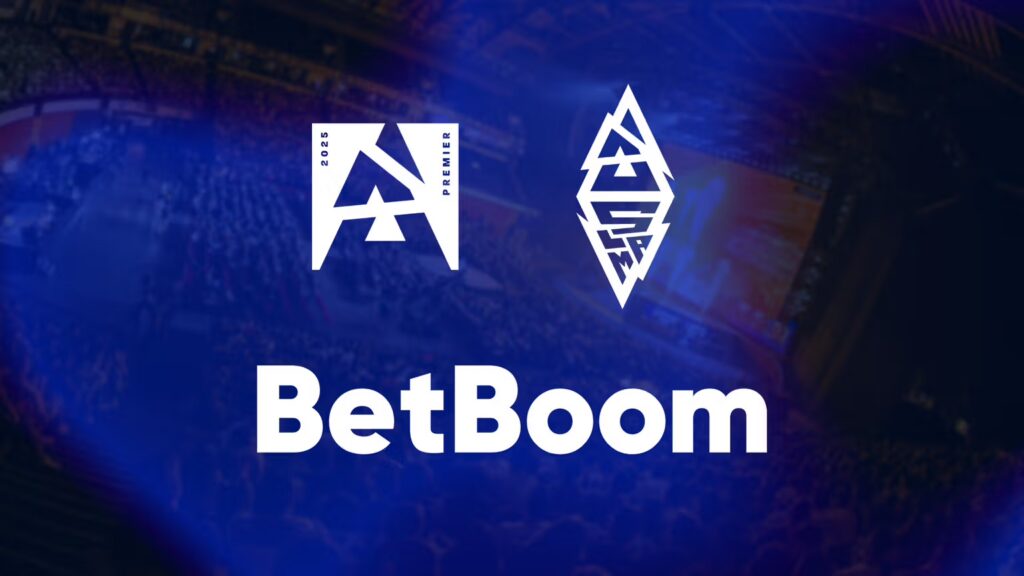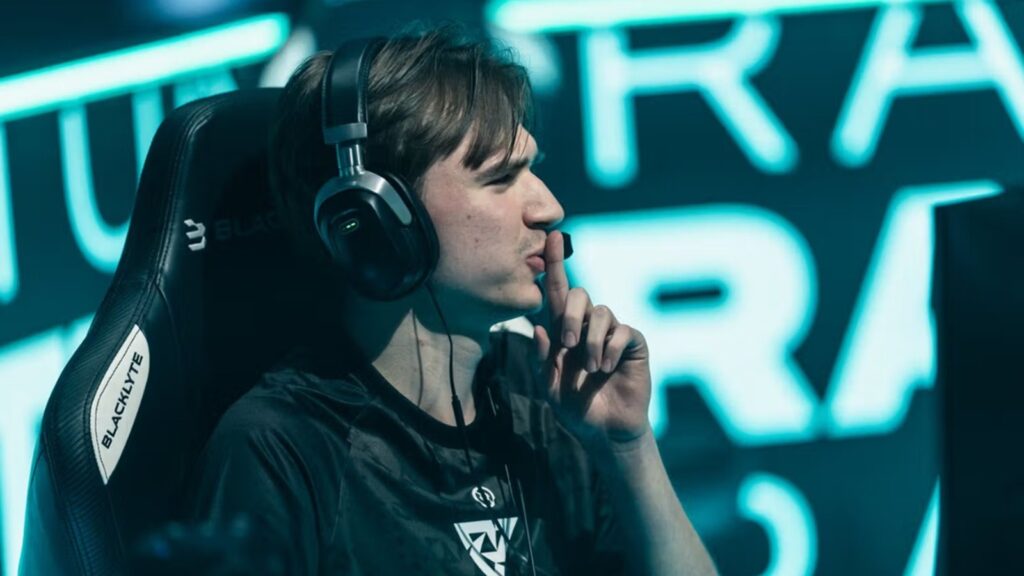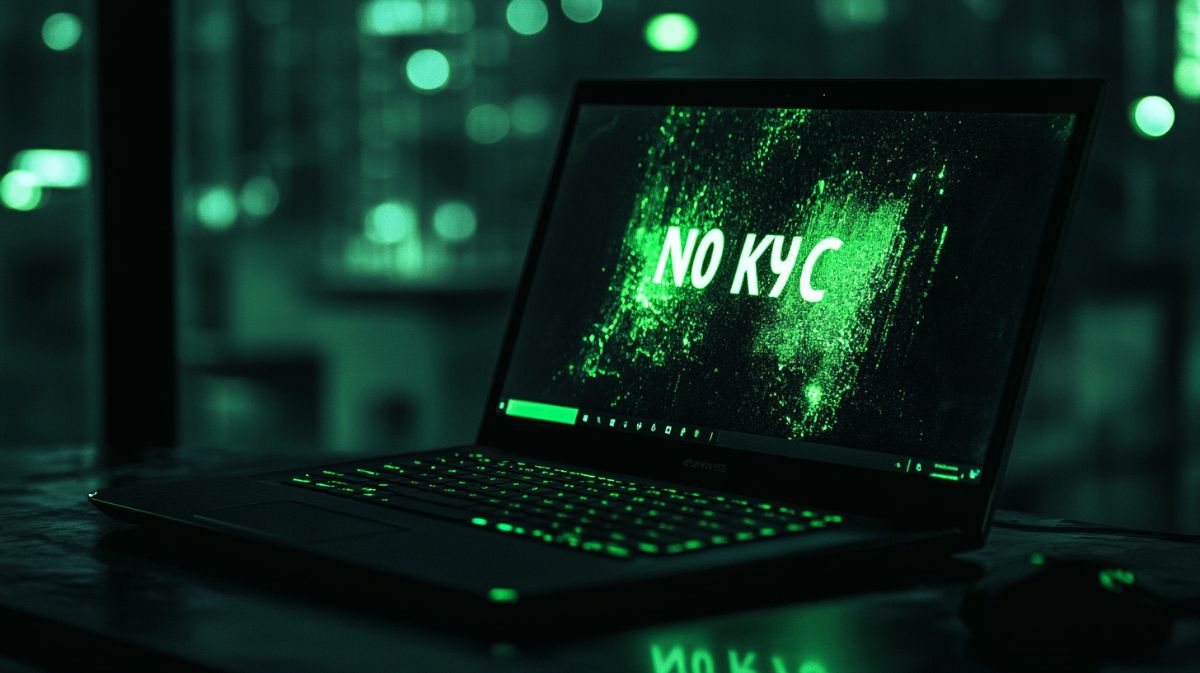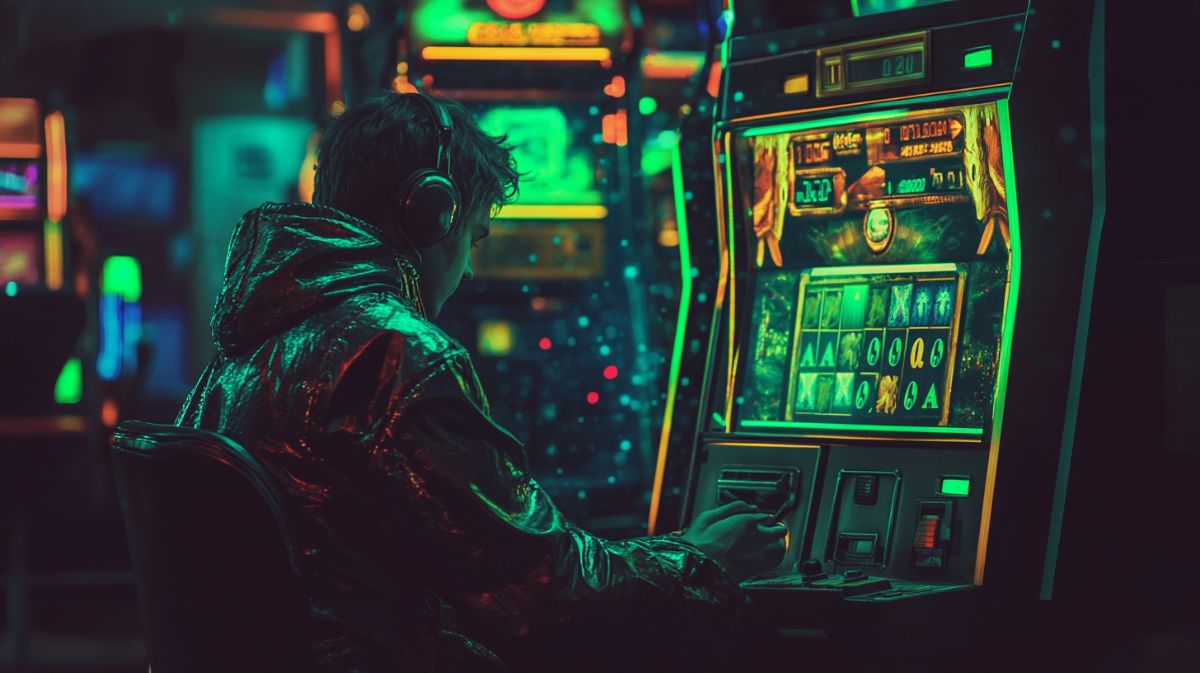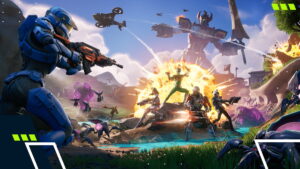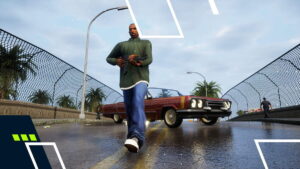How to play Dota 2: The Ultimate Guide
Looking to learn how to play Dota 2? Valve’s MOBA stands as one of the most complex games around, but fear not. Whether you’re new to the genre or transitioning from another MOBA, understanding how to play Dota 2 is essential for diving into this phenomenal player base of positive and helpful players. Here’s the complete guide on everything you need to know about playing Dota 2.
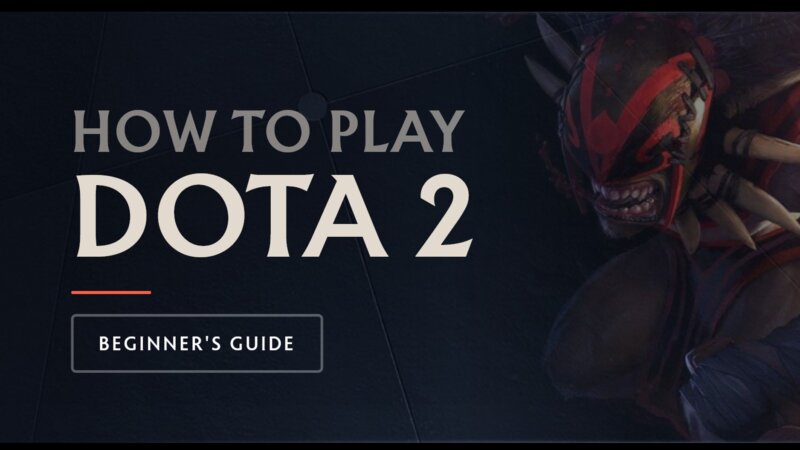
Image Credits: Dota 2
All eyes on the Objective
In Dota 2, matches are filled with various activities like killing creeps (or minions if you are from a different MOBA), destroying towers, and team fighting across every lane. Thus, for a new player learning how to play Dota 2, it’s easy to lose sight of the primary objective: Destroy the Ancients.
The Ancients represent the win condition of the game. Whichever team annihilates the enemy Ancient emerges victorious, regardless of your gold lead, KDA, or even the number of buildings destroyed. Yet, achieving this requires coordination with your team to defend your own Ancient while devising a plan to defeat your enemy’s.
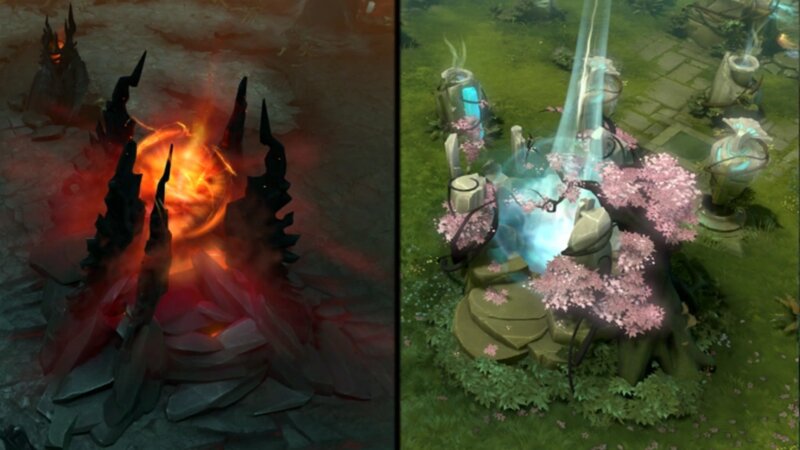
The Dire vs Radiant Ancients (Image Credits: Valve)
Mastering Towers and Buildings
Before reaching the Ancient where your base is, each lane is fortified with three tiers of towers, becoming progressively stronger closer to the base. Additionally, barracks strengthen the team’s creeps when destroyed, where the creeps are called ‘Mega Creeps’. Understanding tower mechanics, such as armor bonus, tower aggro, and backdoor protection, is vital for successful gameplay.
How To Play Dota 2 Tip: Familiarize Yourself With The Dota 2 Map
Since the introduction of the New Frontiers Update, the Dota 2 Map has expanded and even has new building structures, which we will cover here.
Besides the enemy structures we featured previously, other map elements, such as Watchers, Lotus Pools, Defender, and Twin Gates, offer various strategic decisions to consider.
- Healing Lotuses in Lotus Pools provide health and mana boosts, enhancing player survivability and map control.
- Watchers serves as a controllable ward, which offers vision to whichever team that captures it.
- Twin Gates offers a quick route to warp to corners of the Dota 2 Map, which can also be used by Roshan to move between its two Roshan’s Pits.
- Then, there’s the Defender’s Gates, which comes in handy by providing a safe escape route for yourself, especially when there’s an enemy siege near your base.
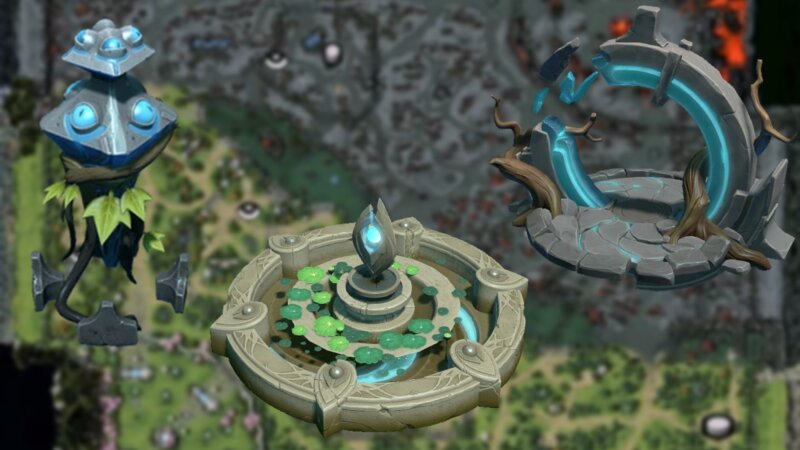
New Buildings – Watcher, Lotus Pool, Twin Gates (Image credit: Valve)
Creeps, Gold, and Experience
Creeps, both lane and neutral, play a crucial role in providing gold and experience for heroes. Lane creeps advance through lanes every 30 seconds, while neutral creeps inhabit the jungle, offering great rewards but also posing risks when fighting them alone.
Roshan, the formidable neutral creep, yields powerful rewards like the Aegis of the Immortal, Cheese, Refresher’s Shard, and Aghanim’s Shard when defeated.
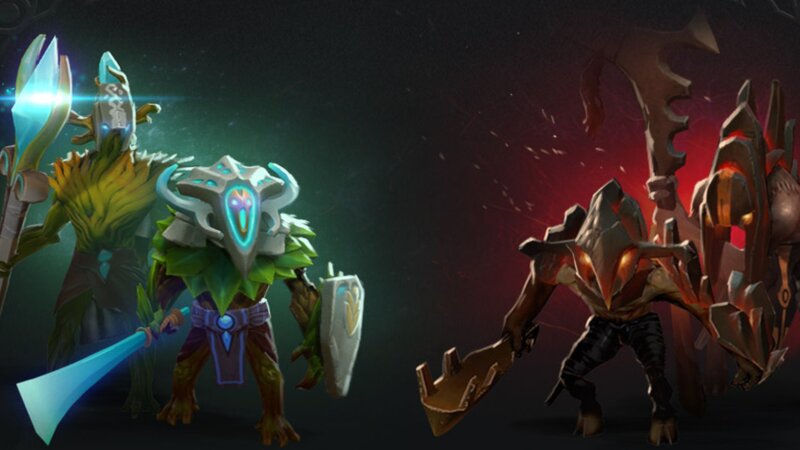
Radiant vs Dire Lane Creeps (Image credit: Valve)
Navigating Game Phases
Dota 2 matches typically progress through three phases: early game, mid-game, and late game. Each phase dictates distinct gameplay focus and objectives, from laning and securing resources in the early game to decisive team fights and objective control in the late game.
Early Game
The early game emphasizes laning during the first 15 minutes of the match, where heroes prioritize farming last hits on lane creeps at the lane while securing objectives like runes and stacking jungle creeps. Communication and cooperation are key during this phase to establish an early advantage.
Mid-Game
As the match progresses to the midgame (15 to 30 minutes), teams shift towards active engagement, rotating from lanes to take over the map by destroying towers up to their tier-2 towers and even ambushing unsuspecting enemy heroes with smoke ganks. Vision becomes crucial, and successful midgame movements hinge on capitalizing on the mid or offlane heroes’ power spike and executing effective ganks.
Late Game
In the late game (beyond 30 minutes), tension escalates as teams focus on high-value objectives such as tier-three towers and Roshan. Decisive team fights become paramount, and maintaining vision control is essential for securing victory. Teams must also strategize around buybacks and maintain pressure on enemy structures while defending against potential counterattacks.
Yet, teams should not prolong the game, as certain heroes can get exponentially stronger given enough time and resources.
While understanding the game’s fundamentals is essential, specializing in roles like carry, offlane, or support enhances team synergy and gameplay. Each role brings unique contributions to the team dynamic, so here’s a guide on how to play Dota 2 Hero Roles that offers an in-depth guide on each respective type.


